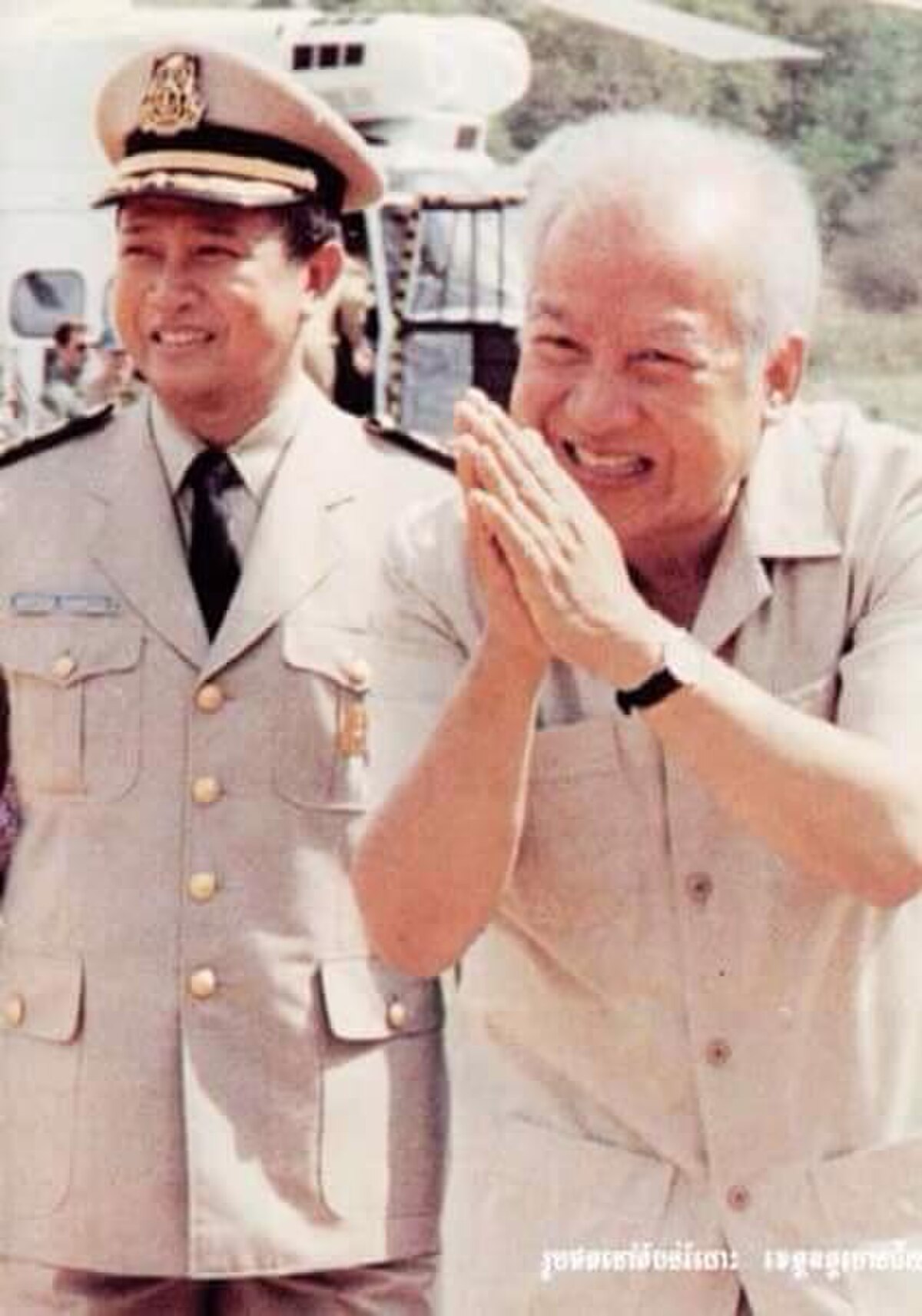
Modern Cambodia
CambodiaAfter the fall of the Pol Pot regime of Democratic Kampuchea, Cambodia was under Vietnamese occupation and a pro-Hanoi government, the People's Republic of Kampuchea, was established. A civil war raged during the 1980s opposing the government's Kampuchean People's Revolutionary Armed Forces against the Coalition Government of Democratic Kampuchea, a government in exile composed of three Cambodian political factions: Prince Norodom Sihanouk's FUNCINPEC party, the Party of Democratic Kampuchea (often referred to as the Khmer Rouge) and the Khmer People's National Liberation Front (KPNLF).
Peace efforts intensified in 1989 and 1991 with two international conferences in Paris, and a United Nations peacekeeping mission helped maintain a ceasefire. As a part of the peace effort, United Nations-sponsored elections were held in 1993 and helped restore some semblance of normality, as did the rapid diminishment of the Khmer Rouge in the mid-1990s. Norodom Sihanouk was reinstated as King. A coalition government, formed after national elections in 1998, brought renewed political stability and the surrender of remaining Khmer Rouge forces in 1998.
